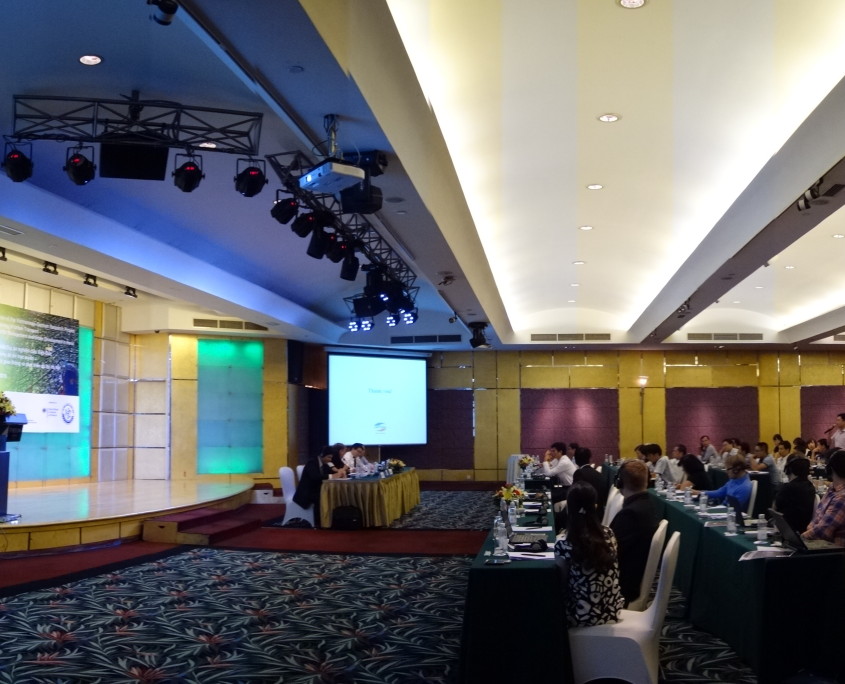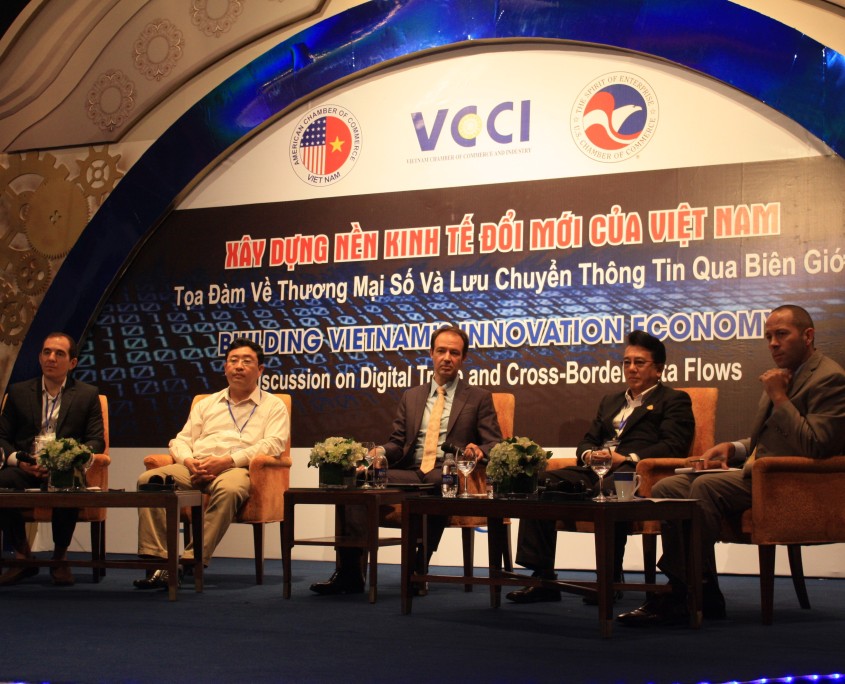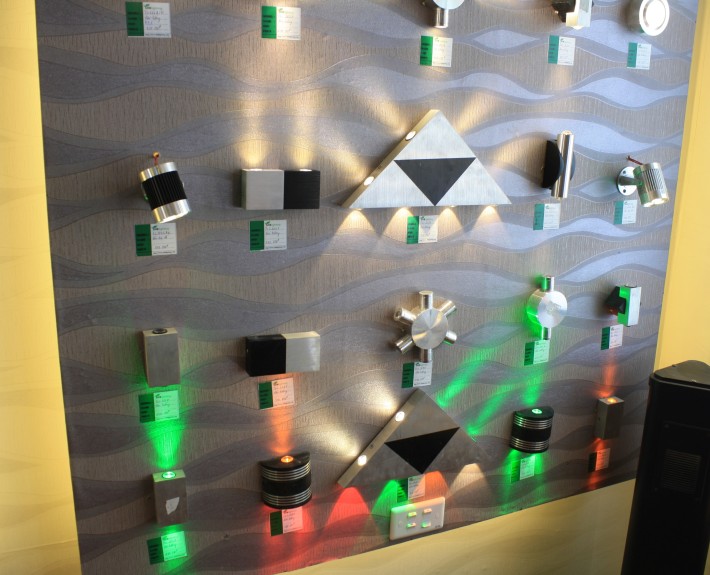Knowmads Hanoi began in November, 2013 as Team 1, comprised of 15 students from France, Vietnam, Bolivia, and the Netherlands. Not even two years later, the program is about to start its fourth batch of entrepreneurs on Saturday, June 20 until Sunday, August 2 (every Saturday and Sunday for seven weekends).
The program is the product of collaboration between Center for Sustainable Development Studies Vietnam (CSDS) and Knowmads Business School Amsterdam (which started in February, 2010); it asks $350 for local participants and $550 for international participants to join a team of approximately 15-20 people.
As found on the Knowmads Hanoi website:
“After 3 successful programs, we have created a community of students, staff and trainers. We know that there are many people out there who are entrepreneurial, creative, curious, brave, involved and who want to take action.”
The curriculum has a very emphasized entrepreneurial focus, even while dispelling the notion that money should be the singular focus for success. Yet, it still wants people who can make and impact so the Knowmads Hanoi program specifically seeks individuals who are:
“-Between 20-35 years old
-Curious, creative and entrepreneurial
-Brave, involved and ready to take action
-English speaking”
In some developing parts of the world, the generational gap is widening (traditional vs. modern lifestyles) so programs like Knowmads Hanoi are essential to complementing the conventional education model (not just in Vietnam but worldwide since Knowmads Hanoi has sister organizations in Berlin and Sevilla). Thus, the program helps participants tap into their inner-entrepreneur and provides them the framework to make their ideas become a reality.
Some of the benefits of joining the Knowmads Hanoi program include:
“ • Get real life experience through working on your personal projects and/or partner-project
•Broaden your international network of trainers and Knowmads alumni
•Have a clear(er) understanding of who you really are and what you are capable of.
•Have a dream or even started working on realizing one, whether it is a business, a job or a long term project.
•Have a clear(er) picture of your interest in this world and how to create your part in it.
•Have had training in and worked with topics like business design, marketing, personal development, sustainability, entrepreneurship, social innovation and creativity.”
Last month, we sat in on a Team 4 Info session where program coordinator Guus Wink, trainer Christian Sextl, and trainer Mercedes Carenzo led prospective Team 4 participants through an exercise to give them a taste of Knowmads Hanoi life.
There was also a mix of Team 3 alumni at the event who helped drive the evening during the group sessions. Speaking to your author, they shared that the Knowmads Hanoi program had been a transformative event in their lives; some had made friendships that were as important as friendships from high school and/or university.
During the exercise, the three groups had their members share with each other what they would do if money were not a consideration at all; the examples ranged from photography to videography. Afterwards, the participants went through a brainstorming session where the other members contributed ideas to help each other reach their respective goals. At the end of the information session, Guus Wink challenged each member to do one action item that same night, or by latest at 9:30 AM the following morning.
As one participant from that night shared:
“I needed to get inspired and motivated to get myself going again and that’s exactly what I got that night! Inspired by the young Vietnamese participants of the event who were really interested in each others story and dreams and were very eager to contribute to that dream in terms of suggestions, ideas and contacts. Inspired by the organisers of the event who came up with a very dynamic, creative and effective programme for Team 4. And inspired by all the opportunities which arose only by attending one information event.”
So the program builds confidence in its participants, it inspires creative thinking and promotes collaboration—all valuable skills for life in the 21st century. Guus, trainer, facilitator, and founder of Knowmads Hanoi was kind enough to answer a few of our questions about the origin of Knowmads Hanoi, and what might be in store for its future.
From the previous three Knowmads Hanoi teams, have any tech-related companies/projects emerged?
Guus Wink (GW): No tech related projects but here’s a look at some of the projects students have started.
Could you tell us more about how you first started?
GW: I tried to start a weekend program in HCM, but to be honest I didn’t have the time nor the network to make it happen. Valuable lessons learned though. After I had moved to China I received a message from a guy who works for CSDS, a local NGO in Hanoi. He had met some people from Knowmads Amsterdam at the Youth Initiative Forum (YIP) in Sweden, and they had told him about my story. So CSDS asked me if I had any plans to come to Hanoi. My girlfriend and I were looking for the next destination after China and we were up for going back to Vietnam, as we had enjoyed the country a lot.
You will be returning to the Netherlands after the conclusion of the Team 4 program, right? What will happen to Knowmads Hanoi after you leave?
GW: Yes, I will travel back to the Netherlands by train from the middle or the end of August, a few weeks after finishing Team 4. I am looking forward to being on the road and in the train for 2 months to reflect upon my time in Asia and to think about my next steps back in Europe. In the Netherlands I might work for Knowmads in Amsterdam and I am curious to see what else will come on my path. It will be related to education and/or social work, in the direction of the transition I feel the world is in.
Christian and Mercedes will be in Hanoi for another few months, and we hope someone from the Knowmads network will come to Hanoi to continue our work. In the ideal scenario, Knowmads Hanoi will continue running independent programs in Hanoi, as well as trainings at universities and organizations. In the case Knowmads Hanoi will stop, we hope our stories will be an inspiration for people in Hanoi to build their own educational programs. We are working on a short film to share our story and to inspire people in Hanoi and the rest of the world.
You’ve worked a lot with young people in Hanoi—what are some trends/themes that you have noticed?
GW: Young people in Hanoi have the keys in their pocket for a bright future. In my opinion it is all about ‘being able to respond’, taking responsibility for yourself.
Young people are challenged because of the fast changing globalizing world they live in, while dealing with expectations from the generation above them. I feel they have to take the time to decide what they think about the world they live in. What are the choices they want to make in their lives. If they are able to take this responsibility, then I think they can build great companies and organizations.
What is your proudest achievement of working with Knowmads Hanoi?
GW: Above all creating the space for almost 60 Changemakers to develop themselves personally as well as professionally. It is fantastic to see all individual learning journeys, and to see the energy and the confidence growing during the process.
Besides this starting up Knowmads Hanoi Team 1 from scratch in only 2 months, designing the program, connecting with many trainers, creating promo material, our website and events, and finally being able to start with a great team of 15 students from 4 different countries.
What will you miss the most about Vietnam?
GW: I will miss the buzzing energy. Since I moved to Vietnam I have been impressed by the energy in this country. The country is so young and everyone seems to be determined to build a better future.
Do you have any advice for people who want to set up a program and make a positive impact like you did? Any advice for locals or foreigners who want to become entrepreneurs in Vietnam?
GW: Connect and meet with as many interesting people as possible. Share ideas, co-create, and keep developing your story and your dream, and keep shouting out this story online and offline. Don’t wait for miracles to happen, work hard, and learn by doing. Above all, be real and authentic.
Thanks to Guus Wink, Christian Sextl, and Mercedes Carenzo for sharing their time with us.


































































